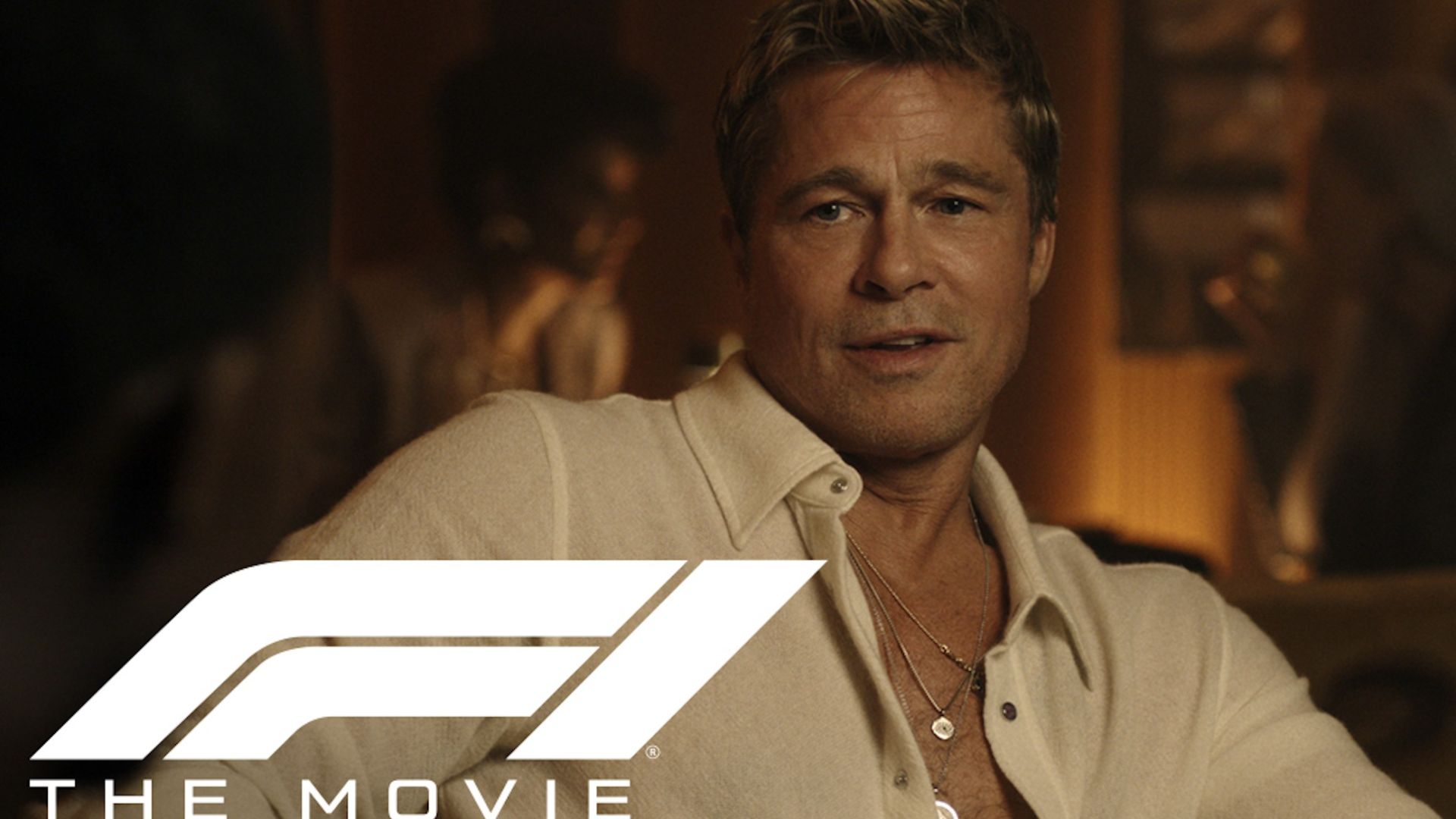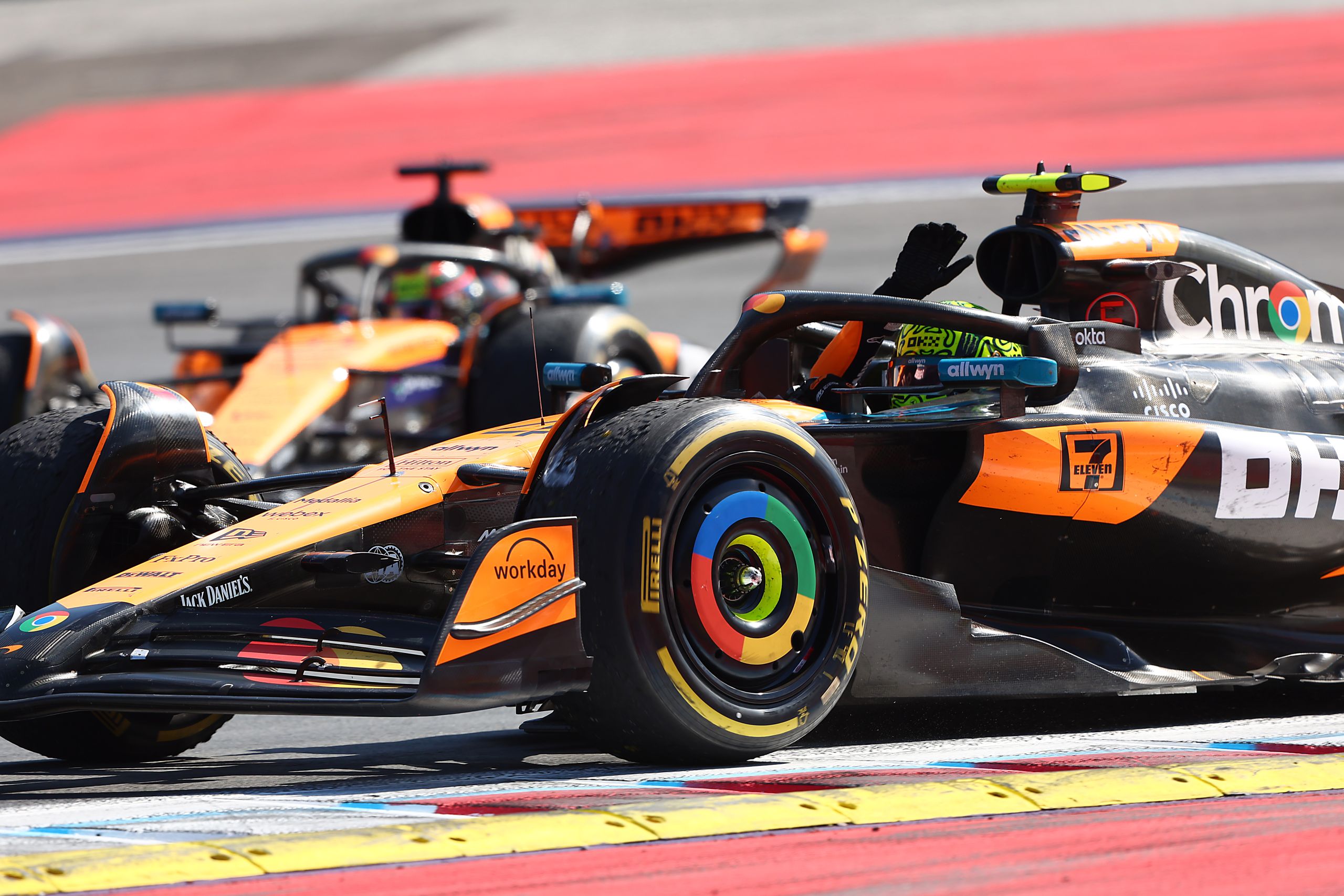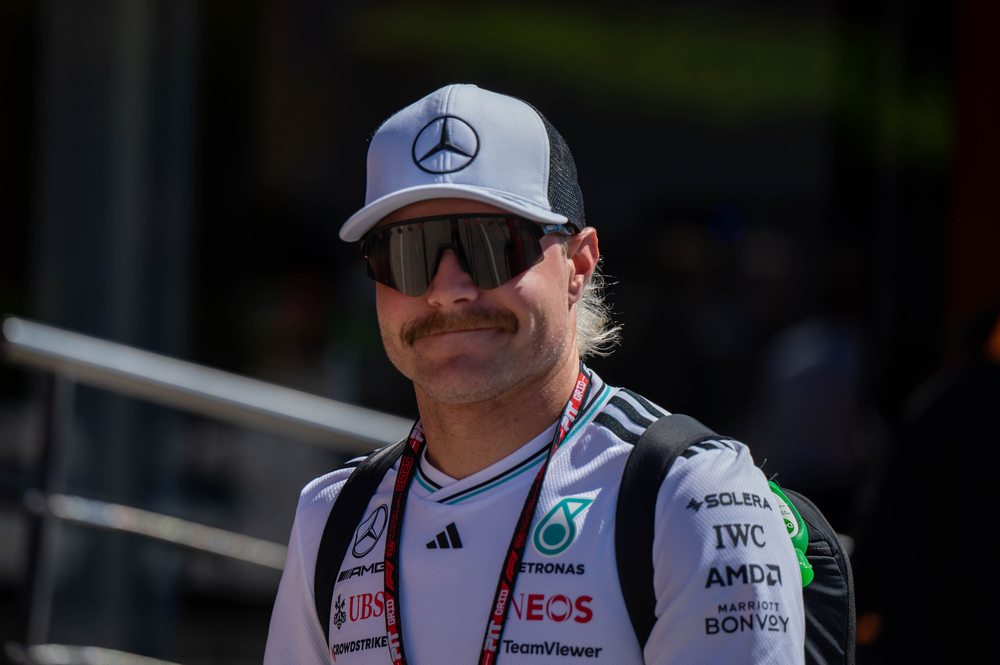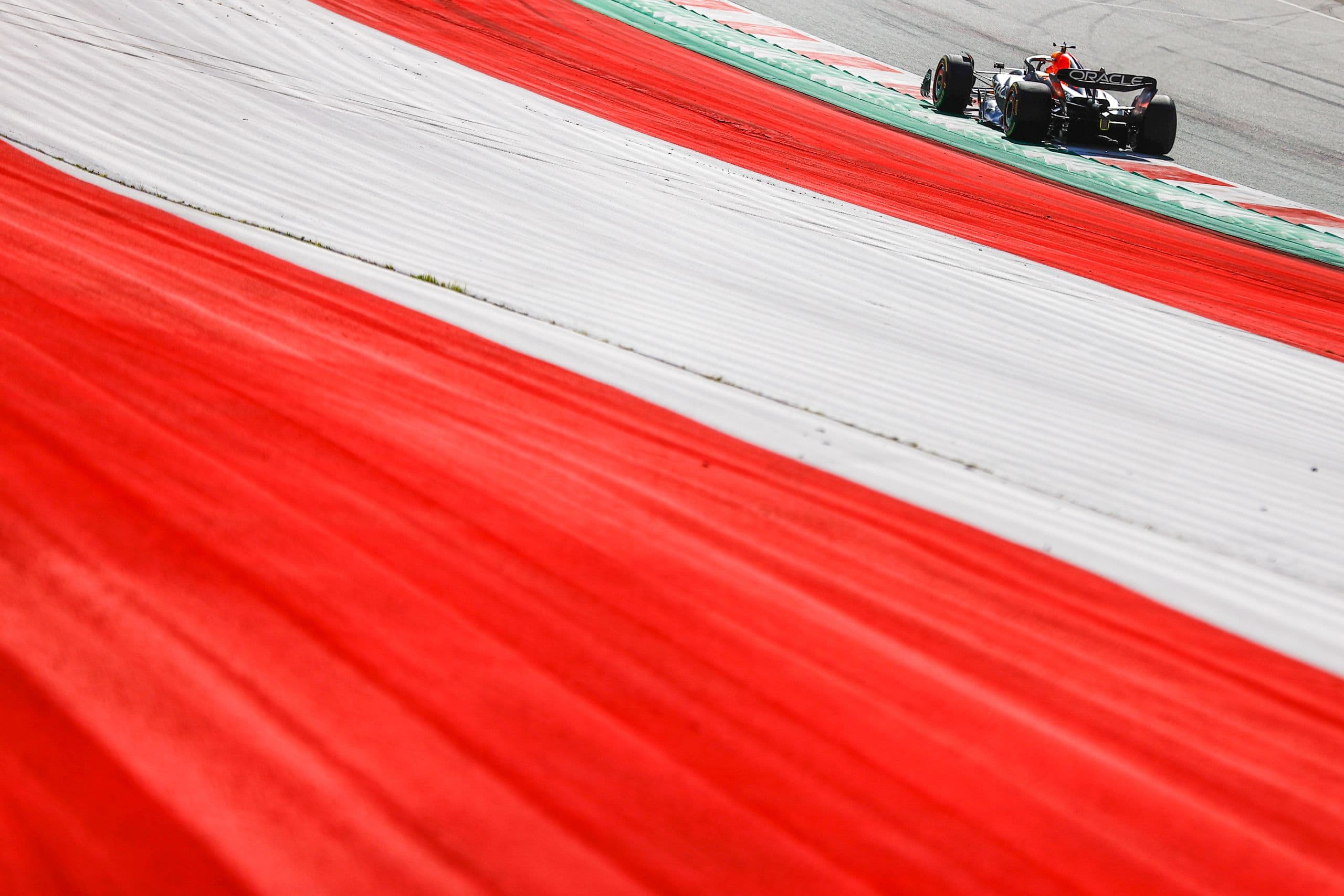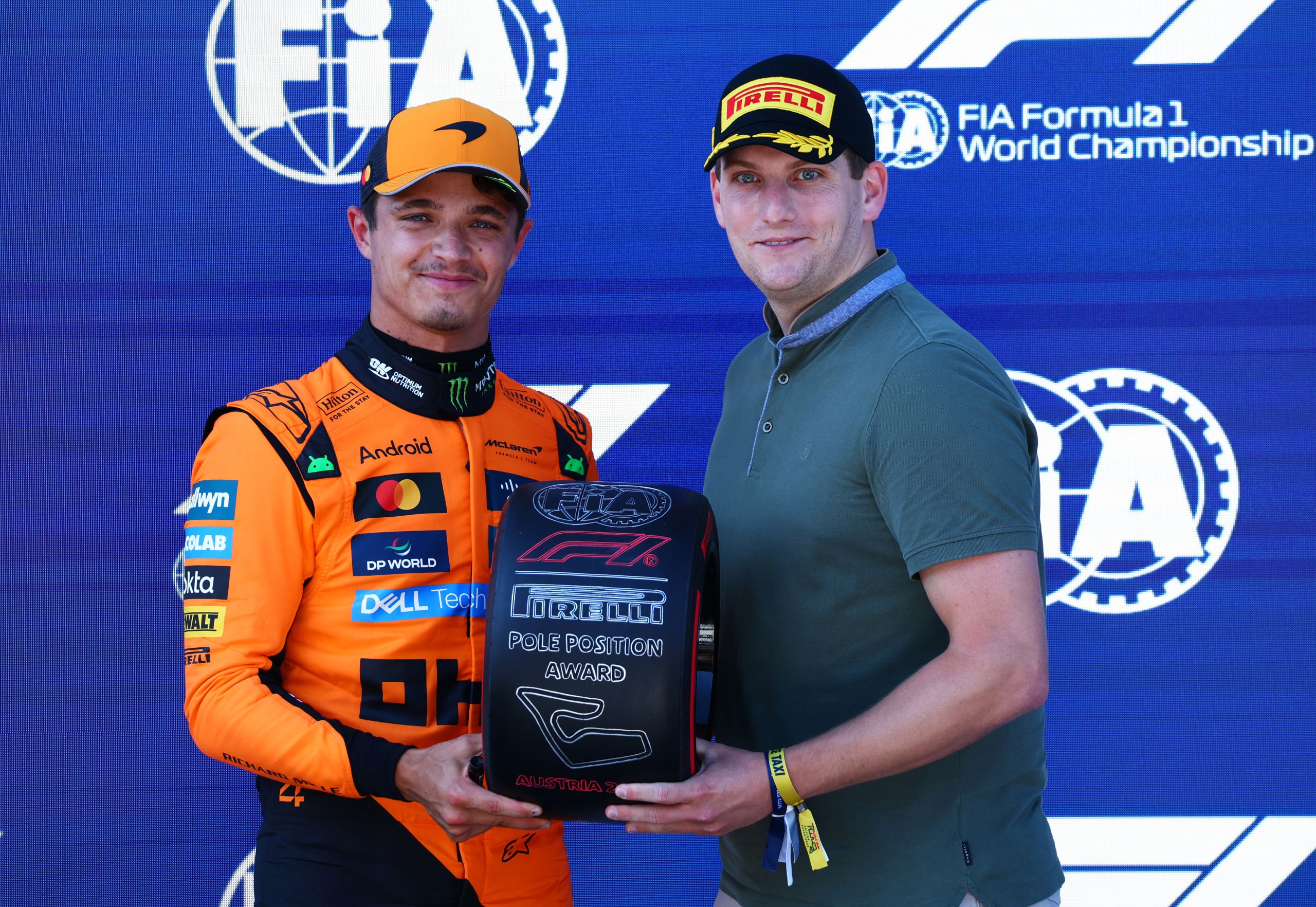Is Drive To Survive A Blessing Or A Curse?

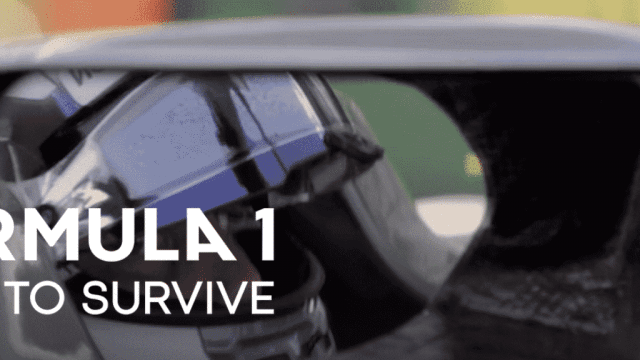
Drive To Survive has always been a divisive series. But are it’s issues inherent to the series, and how does this affect the purpose it serves our sport?
I have always defended Drive To Survive.
F1, as a sport, is extremely generational. Sports can feel foreign, unfamiliar and intimidating for people that aren’t familiar with them – being a fan can feel like an exclusive community, especially if you don’t know a lot about the sport you’re interested in.
For many people, especially marginalised communities, sport has negative connotations – and when there is a constant news cycle of racism in European football, of transphobia perpetuated by governing bodies, of gender pay gaps between athletes, who can blame them?
That’s not even including the painful personal experiences many people have had, for example at school, which are related to sports but are fuelled by sexism, homophobia, transphobia, racism and ableism.
Docuseries like Drive To Survive are absolutely revolutionary for creating new fans that might previously have been excluded from sports spaces, because that’s one of their core commercial purposes. Netflix is a platform that most people are already comfortable with, so it’s a wonderful point of access for introducing people to the wonderful joy that sports can bring to everyone.
Often, knowledge and understanding of sport develop over time, and if you grow up watching Formula 1, you’ll probably instinctually recognise the importance of a rivalry or the magic of a good overtake. Drive To Survive contextualises these moments with exclusive interviews, emotion-filled radio, and race highlights, to show people how incredible moments like these are, without them needing this pre-existing familiarity with the sport – and it does this without excluding current fans from the entertainment these clips provide.
The series presents Formula 1 in a way that fans have always perceived it as, but does it through a lens that is far more explicitly emotional, dramatic and entertaining to newcomers, and shows them all why we love this sport.
Take Pierre Gasly’s win at Monza, for example. As an F1 fan, I knew about the importance of Gasly’s success. I was already aware of the climate around the Red Bull Racing second seat, because I’d been judging the performances of Albon and Gasly across the season.
I knew about the previous season, I’d read the interviews, I’d already attached emotion to seeing Gasly do well given the circumstances he’d faced in the last 18 months. In this race, I experienced the shock live of Hamilton’s penalty and of Gasly’s subsequent success.
Of course, Drive To Survive’s episode on this race doesn’t include the agonising minutes spent under the red flag, trying to figure out if Hamilton could possibly win, and the disbelief when realising that there would almost certainly be a first-time race winner that day. But it does portray a lot of the emotion that fans felt, whilst still leaving room for people that remember that day.
A lack of understanding of the complexities of motorsport’s finer points (like why a penalty was awarded to Hamilton in the first place) doesn’t mean you can’t sit on the edge of your seat as Carlos Sainz tries and fails to claim the lead on the last lap at Monza. A detailed understanding of the benefit of fresher tyres isn’t essential for feeling that universal rush of adrenaline as Gasly crossed the line in first place and screamed down the radio with joy. DTS means everyone can experience this.
I’ve been begging my friends to watch Drive To Survive for months. My best friend caved in last summer (she’s been an insufferable Daniel Ricciardo fan since, but that’s understandable). Two of my other friends have started to watch it this week too, and that’s offered me an incomparable perspective on our sport through Netflix’s lens.
It reminded me of the first time I watched a race, after having already watched Drive To Survive – the first few months of constantly learning and absorbing information, of finding absolutely everything interesting, or cool, or absolutely devastating. I often receive texts from them about a 2018 Ricciardo win or about financial inequality in silly season – it feels the same way that they felt to me when I first learned about them, or when they happened.
I will always support Drive To Survive as a keycard to becoming a Formula 1 fan, because I believe that it is so important in expressing the raw, emotional, human stories of this sport. It breaks through tyre compound discourse and Degree-level engineering to reveal the bright gold stories we’ve always known are there.
This doesn’t mean, though, that Drive To Survive is perfect. If anything, it’s more reason for us to make it a more accurate picture of Formula 1. We often use ‘representation’ as a buzzword for fixing the deep-rooted problems F1 has, and DTS improves this on a fan level, but it’s important that we draw attention to and continue to highlight the issues within the sport. If anything, the increased diversity of fans that Netflix has brought in proves that ’representation’ is not a one-size-fits-all fix, as headlines about the injustice within F1 continue to mark our sport.
Heavily-invested Formula 1 fans and staff have a more internal perspective of things that are going on than casual fans and viewers, and the increased use of social media to aid interaction has only widened this gap in recent years. It seems that ‘F1 Twitter’ (these days more of a metaphysical entity than anything else) constantly discusses human, social issues, but these conversations rarely make it to the bigger news outlets which seem to constantly pump out minor racing news. Occasionally, they become a topic of debate in a dull free practice session, where Ted Kravitz might make a subtle comment about Nikita Mazepin being a ‘lout’, but it doesn’t exactly extend to the continuous trending of #WeSayNoToMazepin, for whom criticism is so intense that it causes controversy itself over its relevance to the issue at heart. Of course, there are commercial reasons for this disparity, but the contrast is still blinding.
Even the biggest issues of the season haven’t been addressed in Drive To Survive, and regardless of one’s personal views on them, it’s difficult to deny the role that social issues played in the news stories and conversation topics of the 2020 season.
The ultimate question is whether Drive To Survive can exist in Formula 1’s current climate. It is, inherently, an advertisement, and so if it is to serve this purpose, it needs to display the truth inside of motorsport. But this year, they were never going to do that. Looking back, there will probably be, 1. The pandemic, 2. Hamilton and I Mercedes and 3. Social issues. DTS covered only the first point. The second point is somewhat of an easy fix, given that Hamilton’s dominance was barely portrayed. Hamilton’s depiction in the show was far from okay in the way that it showed the Formula 1 GOAT’s 7th championship. This issue, whilst it is an important one, is more related to the directing and focus of the show. The final issue, however, is far more of a difficult one to navigate, as it’s more institutionalised to F1: ultimately, Drive To Survive exists purely to promote this.
And it’s even harder when there’s a lack of honesty. A Formula 1 documentary on the true nature of the 2020 season would need to focus on racism and misogyny, and the way that fans and staff navigate that.
If Formula 1 were to sponsor a documentary that examines diversity and equality within this sport, it would be the antagonist.
Initially resisting Hamilton’s desire to kneel before races, investigating his Breonna Taylor shirt, not punishing Mazepin, not centralising sensitivity training and refusing to protect women in the paddock, selling merchandise made by a neo-Nazi on their official website, being wilfully ignorant over alleged team orders on the pre-race anti-racism message, ignoring Verstappen’s ableist and xenophobic comments in Portimao even after the Mongolian government contacted the UN, ignoring Sainz’s anti-Asian comments and his father’s company’s blackface, continuing to allow drivers from less privileged backgrounds to have their jobs brought out by billionaires – it doesn’t require previous F1 expertise to spot the pattern. Formula One, the FIA and FOM have continuously shown that any honesty over this sport’s social problems that we saw last year would entirely undermine their position of authority within the sport. For every time something controversial happened last year, they were there. Most of the time, they weren’t pushing against it.
We need to remember that the stories under that cover are not always one that’s beautiful and joyful and full of glory. Sometimes it’s about inequality, discrimination and injustice. Sometimes, about the dirty corruption that keeps billionaire men their monopsony of top positions and seats that many of them weren’t the most deserving candidates for. And a lot of the time, authorities are complicit in that. The nature of these stories doesn’t mean they shouldn’t be told. It means they should.
I still believe that Drive To Survive is, in many ways, a blessing to our sport, and an essential tool in making sure it continues to evolve at the same pace as the rest of the world. If it continues to improve based on feedback in the way that it has for the last three seasons, this will become yet more true. We need to remember, though, that it doesn’t tell the whole story, and that’s not just in relation to technical specifications or chronology of races. It’s why it’s so important that F1 authorities continue to be honest and open about the problems that penetrate every subsection of our sport.
Drive To Survive is an incredibly valuable asset in showing the entertainment value of F1,but that’s only half of our sport. The other half is a billionaire boys’ club where money always trumps morals, and sometimes, it trumps talent, too. As fans, we’re constantly trying to navigate an environment in which we want to exist in for simple joy, but trying to do this without turning a blind eye to the damaging and systemic issues motorsport has. If DTS wants to be taken more seriously, it needs to give these problems the focus they deserve.
Drive To Survive is great, but it’s not a fix-all serum to problems we’re not even prepared to fully address. It is, ultimately, an advertisement, for a sport under stress. And no matter how pretty we make that advertisement, it won’t fix the cracks in the product itself.
Amelia Taylor is the author of “formulaAMELIA” details at formulaamelia.com
Copyright ©2021 formulaAMELIA
[Note: The opinions expressed on this website are those of the author’s and do not necessarily reflect the opinions of the editors and/or publishers.]

